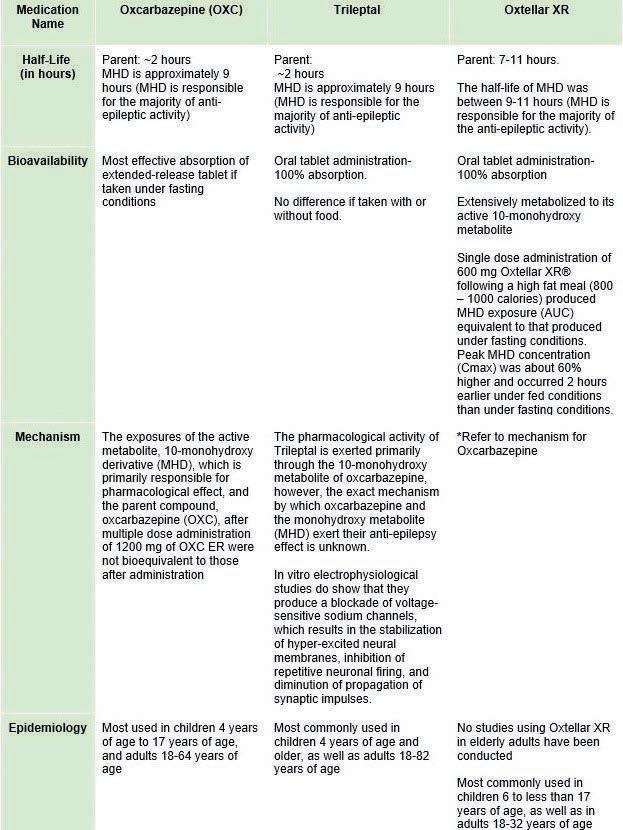Scholarly Research In Progress • Vol. 5, November 2021
Racial Differences in Insurance Type between Diabetes Mellitus Type 2 Patients in the United States Mannaa I. Mannaa1* ¹Geisinger Commonwealth School of Medicine, Scranton, PA 18509 *Master of Biomedical Sciences Program Correspondence: mannaaonly@yahoo.com
Abstract Background: The Centers for Disease Control and Prevention (CDC) categorizes diabetes as an epidemic in the United States (U.S.). It further stands among health disparities with a disproportionate distribution among minorities. The expansion of Medicaid access under the Affordable Care Act (ACA), which serves the medical needs of disabled, chronically ill, and low-income residents, has not been enough to bridge the gap of health and health care disparities. This is in part due to Medicaid expansion being optional for states, leaving 2.2 million residents in the coverage gap. Past analysis of the annual National Hospital Ambulatory Medical Care Survey (NHAMCS) has elucidated the burden of diabetes on the health care system. It has also gauged how expansion of Medicaid has armed an appreciable number of working-age residents with health insurance. NHAMCS stands in a position to potentially highlight continued inequities in health care despite Medicaid expansion. Methods: Differences in insurance type between diabetes mellitus Type 2 patients based on race in the U.S. was analyzed in the 2018 NHAMCS. Results: Medicaid coverage as well as the lack of insurance coverage was found to be significantly higher among Black (42.3%, 9.9% respectively) compared to White patients (30.2%, 7.8% respectively) visiting Emergency Departments (EDs). Conclusion: Analyses of NHAMCSs stand as checkpoints as the U.S. strives in progression toward health and health care equities. They have revealed the burden of diabetes on the health care system. Further, they have illuminated success of Medicaid expansion where it has been adopted. Finally, disproportionate reliance upon Medicaid between Black as compared to White patients, along with unequal distribution of lack of health insurance between these races, have been made apparent.
Introduction The World Health Organization (WHO) identified 1.6 million deaths directly caused by diabetes in 2016 (1). While WHO classifies the disease as an epidemic globally, the CDC also confirms diabetes as an epidemic in the U.S. (1, 2). One in 10 Americans suffer from the disease while 1 in 3 are considered pre-diabetic and, for the most part, are unaware (2). Type 2 diabetes, once considered adult-onset and appearing over 45 years of age, is now appearing among American youths between 10 and 19. (2, 3) This deadly disease, a major cause of serious health issues including blindness, kidney failure, heart attack, stroke, and lower limb amputation, was counted by WHO as among the top 10 causes of death globally as of December 2020 (4). It also stands among health disparities with a disproportionate distribution among minorities in the U.S. In
2017 to 2018, the CDC found the prevalence of diabetes to be 11.7% for adult non-Hispanic blacks versus 7.5% for adult non-Hispanic Whites (1). Contributors to this disproportionate distribution including obesity and differences in neighborhood, psychosocial, socioeconomic, and behavioral factors (5). The NHAMCS is a national probability sample survey of outpatient visits to hospitals, emergency departments (EDs), and hospital-based ambulatory surgery centers (6). Analysis of NHAMCS from 1993 to 2005 revealed an average of 380,000 visits/year for hypoglycemia, a serious complication among diabetic patients (7). Demographic disparities were found for hypoglycemia-related ED visits by age, sex, race, ethnicity, and region. Thirty-four per 1,000 visits were by diabetic patients (7). Diabetes patient visit rates were significantly higher for female, Black, and Hispanic patients as compared to male, White, and non-Hispanic patients (7). In 2015, the epidemic of diabetes accounted for 92 per 1,000 ED visits by patients 45 and older, about 24% of all ED visits (8). Despite having this data available, health care utilization and cost for diabetes in the U.S. may be underestimated, and by extension, the severity of the disease underrealized. The American Diabetes Association was found to have utilized NAMCS and NHAMCS surveys to estimate utilization and costs in a 2012 report after quantifying diabetes-related ED visits using providers’ diagnosis codes and medication lists to quantify those visits (9). However, evaluations of NHAMCS data from 2006 and 2010 determined that solely using provider’ diagnosis codes and medication lists to identify diabetic patient visits would fail to identify approximately one quarter of outpatient visits by patients with diabetes (9). Regarding insurance coverage for diabetes patients, 24% of the diabetes ED visits for those age 45 to 64 had Medicare as the primary expected payment source, versus 14% of the ED visits for patients age 45 to 64 without diabetes (8). There was a significant increase from 66.0% to 71.8% in the percentage of working-age adult ED patients who had at least one form of health insurance in the first 2 years following ACA implementation. This was almost entirely due to Medicaid coverage increase, the expansion of which has been associated with improvements in self-reported access to health care and self-reported diabetes management (10, 11). Recent trends reveal the long-time inequities that have plagued African Americans and other minorities in the U.S., keeping many from fair access to income, education, neighborhoods, and health care equal to that of White Americans (12). As a result, minorities have more chronic or serious health conditions and have significantly lower financial resources than White Americans (13). Given these facts and the considerable role that Medicare has among diabetic patients as shown previously, it would be worth exploring other insurance trends among 233












































